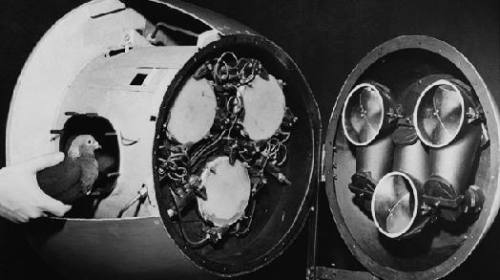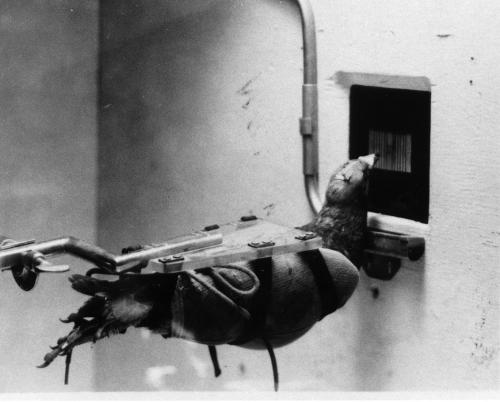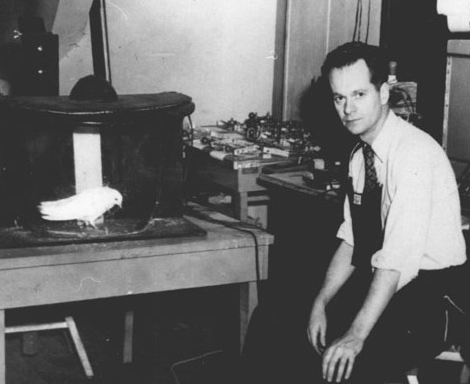The Pigeon Bombs of Dr. B.F. Skinner,During his career throughout the 1920’s up to the 1970&rs
The Pigeon Bombs of Dr. B.F. Skinner,During his career throughout the 1920’s up to the 1970’s, B.F. Skinner was a popular American physiologist and behaviorist who expanded upon the work of Ivan Pavlov. Pavlov was a Russian biologist who discovered in the early 20th century discovered that dogs could be conditioned to react to certain stimuli. In his experiment, he would ring a bell to alert his dogs to the presence of food. Of course the dogs would salivate at the sight of food. As the experiment progressed, Pavlov removed the food, but with the ring of a bell the dogs would still salivate. In other words, the dogs had been conditioned to react to a certain stimulus in a certain way.B.F. Skinner expanded upon Pavlov’s theories, theorizing that creatures, including humans, could be trained to certain behaviors much like Pavlov’s dogs. Called “operant conditioning”, Skinner trained pigeons and rats through the use of positive reinforcement, negative reinforcement, and punishment. The culmination of his theories led to “the Skinner Box”, a box in which a pigeon was subjected to various stimuli as well as rewards and punishments. According to Skinner, free will is a lie, but rather most behavior is programmed through operant conditioning,whether by a scientist in an experiment, or by society as a whole.Although a psychologist, like everyone else during World War II Skinner tried to do his part for the war effort. Using his theories of operant conditioning, Skinner trained his pigeons to peck at an image of a military target, say a battleship. When a pigeon successfully pecked at the battleship, it would receive a reward in the form of food. Thus the pigeons would be trained to habitually peck at an image of a battleship. Once the pigeons were sufficiently trained, three would be rigged inside of a rocket. Projected in front of the pigeons was an image of a real target. As the pigeons pecked at the target, mechanisms attached to their heads would control the tail fins of the rocket. If they pecked directly forward, the rocket would fly straight and true towards the target. If they pecked off center, the rocket would adjust course accordingly. In essence, Skinner had created a pigeon guided missile or bomb. Unfortunately, the three unsuspecting pigeons were destined to die in the subsequent explosion, thus making their mission a kamikaze attack.Skinner demonstrated his concept to the National Research Defense Committee, who were impressed by the concept and granted Skinner $25,000 to further develop his weapon. The program was codenamed “Project Pigeon”. However further funding was halted by military officials, who were skeptical of viability of his weapons. Skinner’s pigeon bombs never left the experimental stage, as the military was interested in funding a more destructive weapon that required no guidance from pigeons, the atomic bomb.After World War II, the idea of using pigeon guidance for ordnance with “Project Orcon”, however the project was closed when better radio and radar guided systems were invented. B.F. Skinner continued his work in psychology, passing away in 1990 at the age of 86. -- source link
#history#psychology#operant conditioning#weapons#bombs#guided bomb#guided missile#pigeons#wwii


